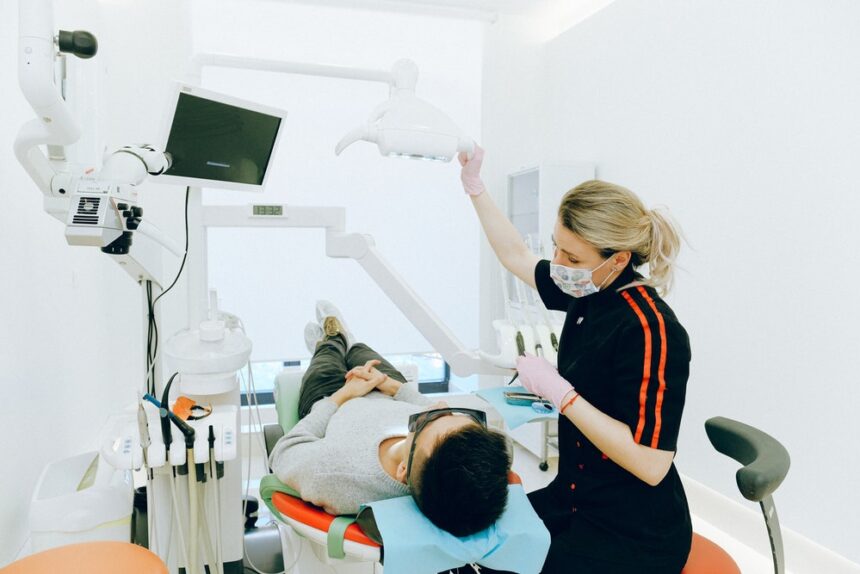A few years ago, healthcare and social media might have seemed like strange bedfellows. Sure, there are public personalities in every field – often those with more charisma than expertise – but unlike beauty brands or food and beverage companies, healthcare marketing is generally seen as more restrained. In short order, though, healthcare groups, including dentists, have taken up prominent places in today’s social media ecosystem. If you’re hoping to advance your dental practice through social media, there are plenty of tools that can help you succeed. More important than any particular tool, though, are your core strategies; dental groups are most profitable when they focus on creating personal connections and providing proactive, preventative care information. By emphasizing these modes of communication, you’ll see your client connections, and your potential client base, increase virtually overnight.
The Educational Element
For dental groups looking to succeed on social media, providing educational content is one of the most valuable things you can do, but where do you start? Most patients know they should be brushing and flossing, and pressing that message isn’t likely to catch anyone’s attention. Instead, focus on potentially buzzy, popular topics that can also cause serious dental health problems. Two topics perfectly primed for social media attention are the growing use of DIY aligners and whitening products, both of which are actively promoted online by poorly regulated brands. Use their frequently disastrous outcomes to your advantage. Social media is the perfect place to share photos of bad DIY dentistry outcomes and to provide patients with guidance about how to properly tackle common dental health complaints.
Personal And Prolific
Social media is an ideal platform for education, but that’s not its most notable trait – what matters is right there in the name. These platforms are social, which means they’re the perfect place to connect with clients at a more personal level. Encourage patients to contribute user-generated content by sharing their treatment outcomes with a special hashtag or brand mention. User-generated content is more likely to attract the attention, and it takes the burden off your office to constantly come up with new material. It is important to be cautious when using patient material in a social content, even when patients freely supply it, because of health privacy laws. One way to sidestep this problem is by having patients sign appropriate waivers in-office that enable you to share their social content when your brand is tagged. These should be separate forms, and you should be clear that they are under no obligation to do so, but in today’s day and age, most people are happy to boost their own social media presence. They view user-generated content as having a sort of mutual benefit. Though dental groups have gotten in trouble over patient information disclosures in the past, this has typically only happened when practices are being retaliatory, not when working with user-generated content. Another way to boost your personal connections via social media is by liberally using Facebook and Instagram’s chat features. This can be hard to do in a small office with minimal staff, but it’s also one of the best ways to build rapport and draw in new clients. You never know when the person messaging you on Facebook will be urgently looking for a dentist and will head to whichever one responds most quickly. That’s precisely how a lot of decisions get made these days.
Careful Administration Is Key
Both educational and personal social media content are highly valuable for your dental office and can help you build your business, but to succeed on these platforms they need to be carefully managed. For example, it’s easy to create a highly targeted Facebook ad featuring educational content, but how would your business handle it if someone responded negatively or aggressively to the content in your ad, or left a negative review online about your business? There need to be administrative standards – nonengagement is typically the best response here, and they need to be enforced. If you don’t have an individual communications lead, anyone with access to your business account needs to be held to audience engagement norms. Facebook and Instagram ads, user-generated content, and ongoing educational efforts can all combine to make your dental practice more profitable – they help to create a customer funnel that will drive new customers your way – but you need to monitor these accounts closely. Unlike the days of phone book listings and direct mailings, social platforms and the associated word of mouth is what will help you grow. Build a presence and build connections, and your appointment calendar will be full before you know it.

